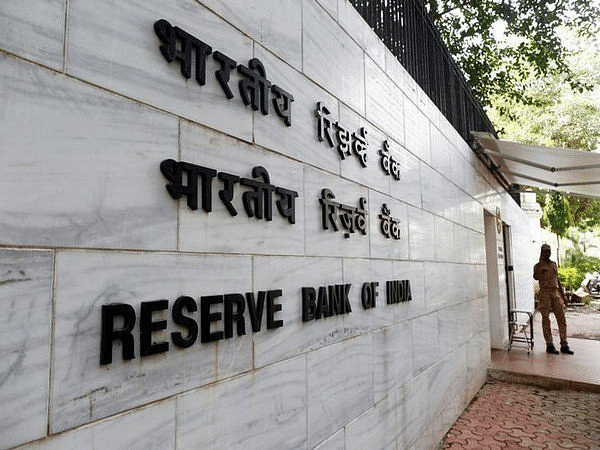New Delhi [India], July 5 (ANI): The MPC, or the Monetary Policy Committee under the Reserve Bank of India is a six-member body that is mandated to determine the policy interest rates required to achieve the inflation target while keeping in mind the objective of economic growth.
It was formed after the RBI Act was amended in May 2016 in order to provide a legislative mandate to the central bank in formulating the country’s monetary policy framework.
As of now, this committee meets at least six times in a financial year, i.e every two months. The final decisions are made via voting and in the case of indecisive votes, the Governor steps in for a second vote. The RBI publishes the resolution adopted by the Committee at the end of every meeting, which includes the decision taken on the policy repo rate.
The MPC aims at maintaining proactive liquidity management to facilitate transmission of repo rate changes through the entire financial system, which, in turn, influences aggregate demand – a key determinant of inflation and growth.
Some instruments available at the hands of the RBI to formulate and execute monetary policies are repo rate, standing deposit facility rate, cash reserve ratio (CRR), open market operations (OMOs), among others.
As per the provisions of the RBI Act, out of the six members of the Monetary Policy Committee, three members will be from the RBI and the other three members of the committee will be appointed by the Central government.
The MPC consists of the RBI Governor in the capacity of an ex officio chairperson, the Deputy Governor as in charge of monetary policy, an officer of the central bank to be nominated by the Central Board, and three persons to be appointed by the central government.
The current council includes Shaktikanta Das, Governor, Chairman, Shashanka Bhide, Honorary Senior Advisor, National Council of Applied Economic Research, Delhi; Ashima Goyal, Emeritus Professor, Indira Gandhi Institute of Development Research, Mumbai; Prof. Jayanth R. Varma, Professor, Indian Institute of Management, Ahmedabad; Mridul K. Saggar, Executive Director (the officer of the Reserve Bank nominated by the Central Board under Section 45ZB(2)(c) of the Reserve Bank of India Act, 1934) and Michael Debabrata Patra, Deputy Governor in charge of monetary policy.
Now the question remains what happens when the RBI fails to keep the retail inflation in the mandated range?
As per the Act, in such a case, the RBI is mandated to write a report to the Central Government citing reasons for the failure and a corrective plan.
Currently, the retail inflation has been over the Reserve Bank of India’s upper tolerance band of 6 per cent for the fifth consecutive month in a row in May, and the RBI predicts that it would continue to remain high till the third quarter of the current financial year 2022-23, before lowering. Apart from this, domestic wholesale inflation has been in double-digits for over a year now.
At present, RBI’s mandate is to keep retail inflation at 4 per cent with a tolerance band of 2 percentage points, i.e. 200 basis points on the either side. (ANI)
This report is auto-generated from ANI news service. ThePrint holds no responsibility for its content.



